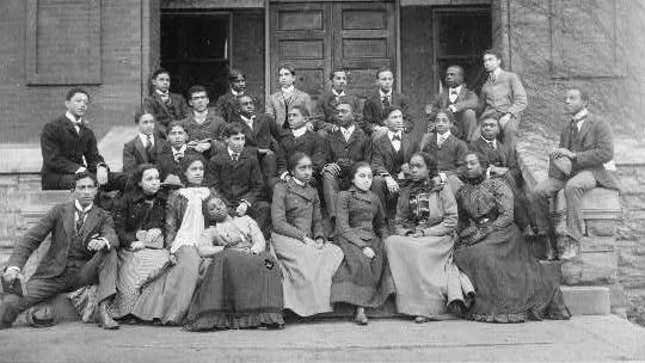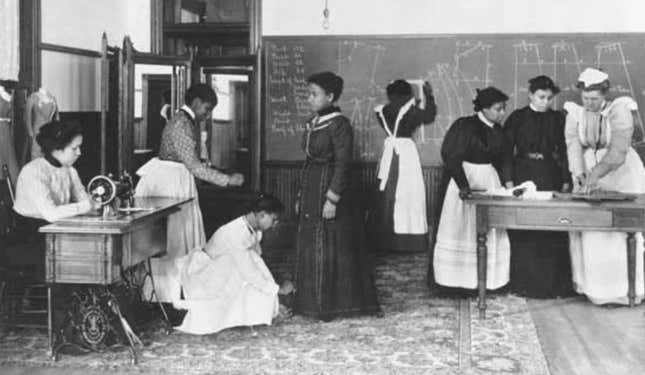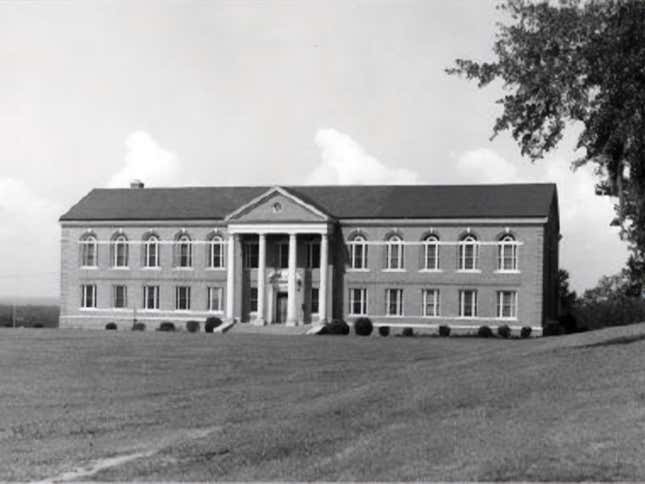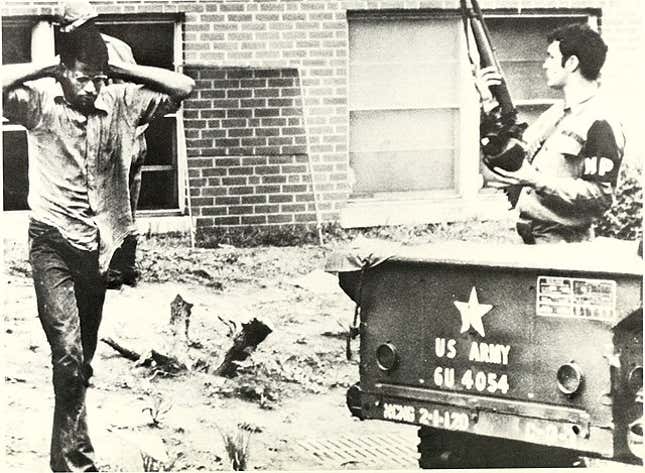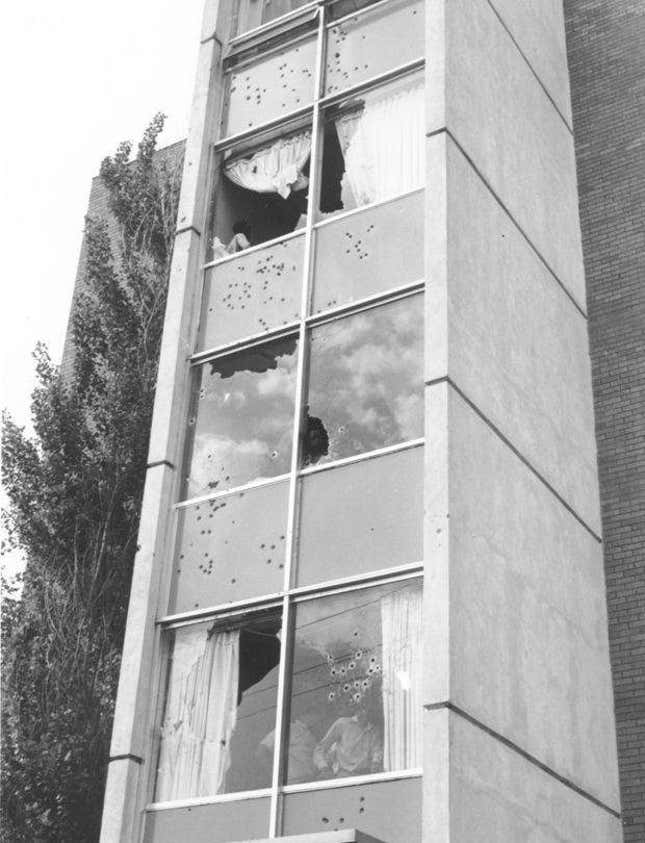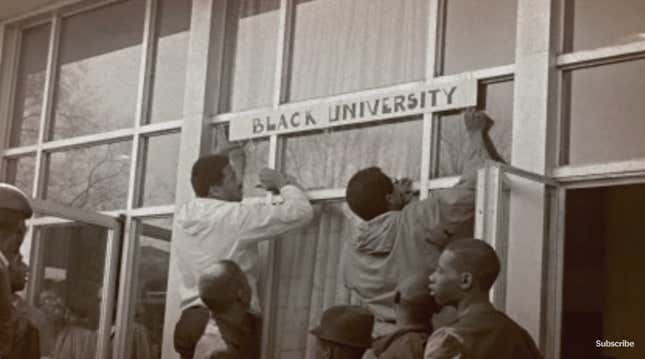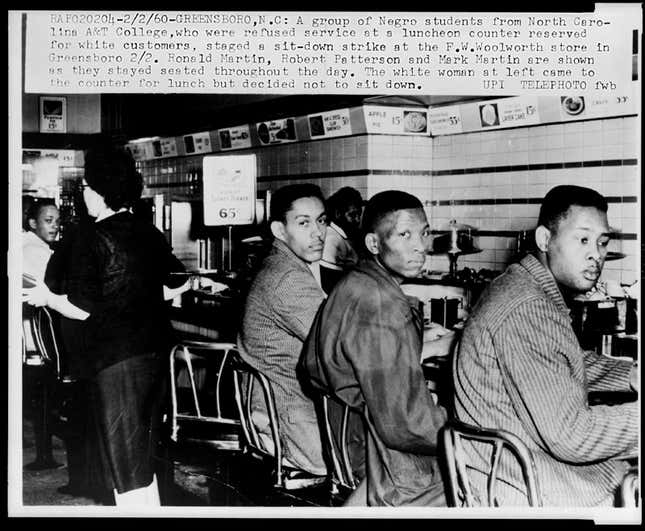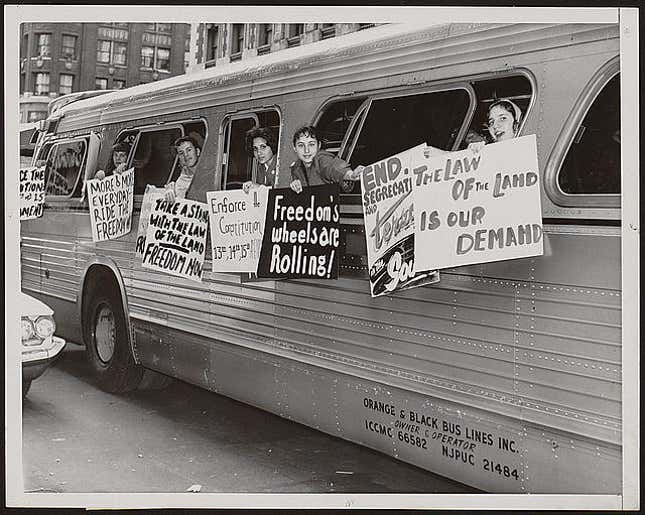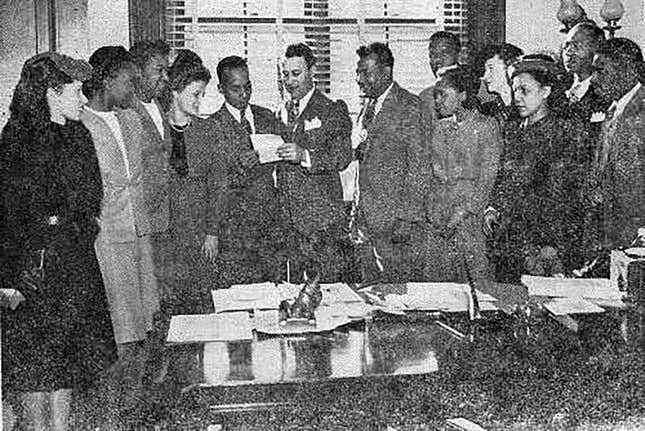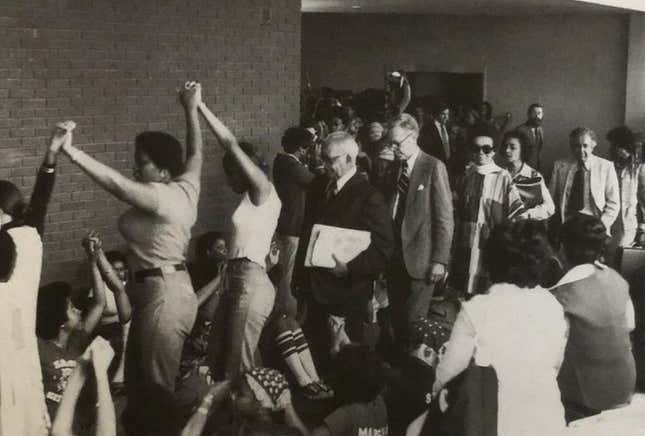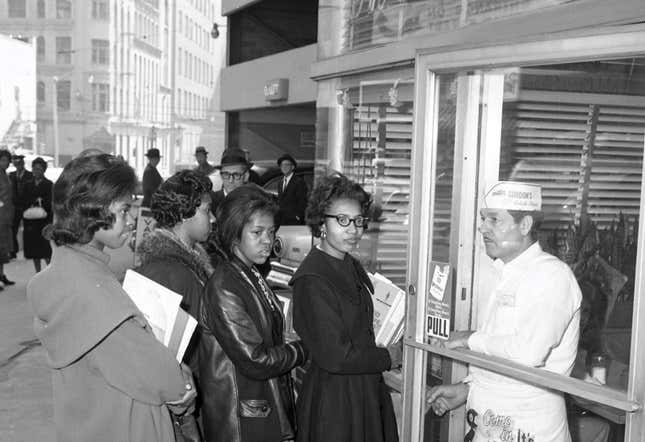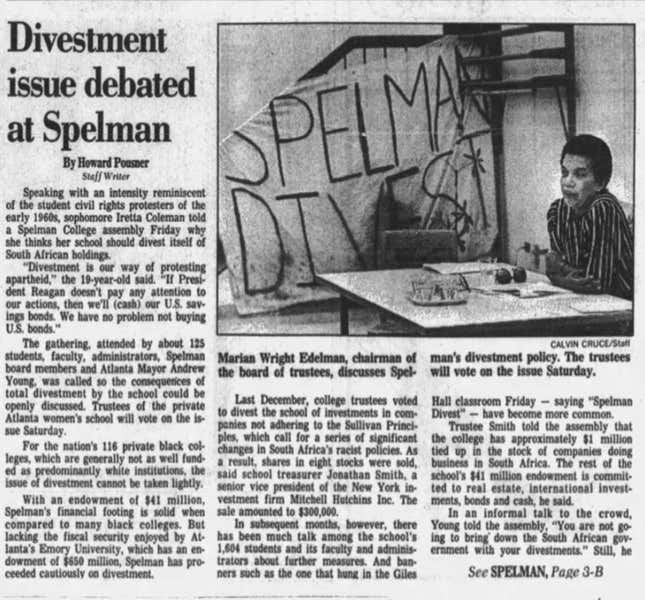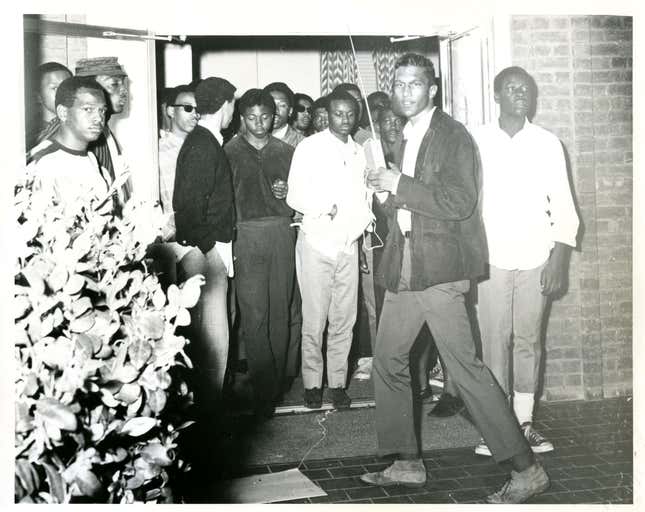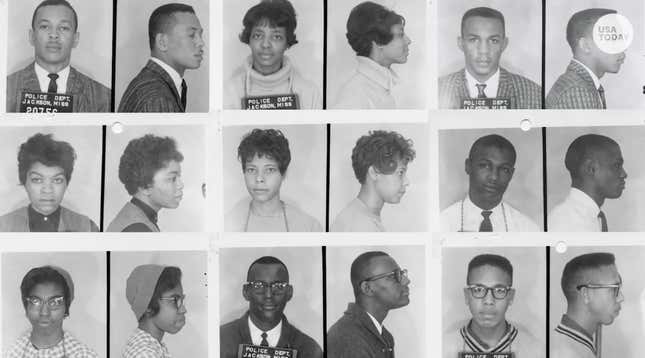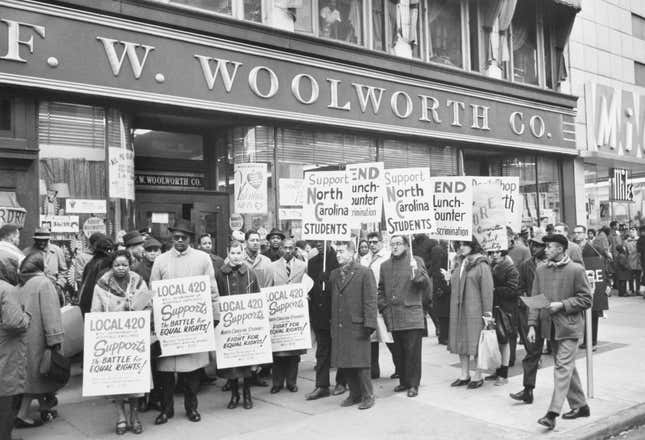
For the past two weeks, college campuses across the nation have lit up in protests against the U.S. government’s support of Israel in its war with Gaza.
From Columbia University to University of California, Los Angeles to the University of Texas, Austin, students have faced arrests and suspensions as a result of their activism and so-called revolts. There’s no telling what will happen to Morehouse College students as they plan a demonstration in response to President Joe Biden’s upcoming commencement appearance after he signed off on more funds to be sent to Israel.
All this ruckus seems to ring a bell back to the early stages of the Civil Rights Era, when Black students from HBCU campuses advocated for things like an African American studies program and, more importantly, to be released from the shackles of Jim Crow legislation and other issues affecting the Black community.
Those kids were also met with fleets of police officers. Some kids even lost their life. Here’s 15 examples of Black student protests that shook the table to spark change.

